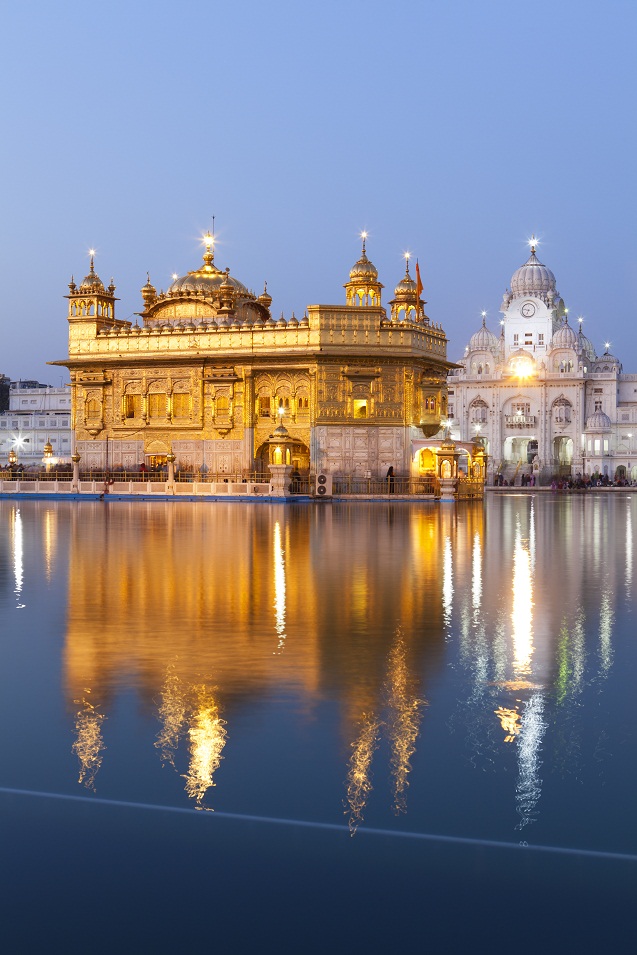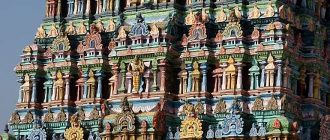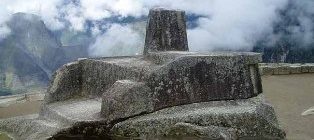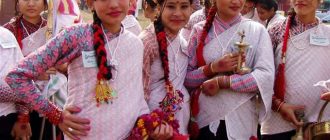Have you always wanted to visit India? Take a pilgrimage to see the magnificent North Indian temples? Our guide has all the facts and information you would need…
Only some North Indian temples have withstood the test of time and countless invasions, and have managed to retain their grandeur and functionality. Due to successive invasions, most of the older temples no longer exist, although many have been built within the last century or so. Elements of these temples include a main shrine as well as another smaller building called a Manadapa. The Garbha Griha is the area where the deity resides.
Architecture of North Indian Temples
Indian temples have a rich architectural heritage which is unique to each region and is tempered by geographical, cultural, climatic and linguistic factors. The North Indian temples are predominantly of the Nagara style, which developed around the fifth century. This can be distinguished from the South Indian temples by the shape of the sikhara, which is basically a tower or spire. In North Indian temples, the sikhara resembles a sort of beehive, with many layers of small conical shaped sikharas. On top of this, one finds a round object called an amalaka.
Difference between North and South Indian Temples
Apart from the main architectural differences, North and South Indian temples also have others. As a result of centuries of Moghul influence in the North, a lot of their rituals have been downplayed and lack the flamboyance of those observed in the South. Also, anyone is permitted to enter the main chamber of the deity, and they do not discriminate on the basis of caste or creed.
Famous North Indian Temples
The Khajuraho group of temples, the Naina Devi temple, the Sun temple and the Vaishno Devi temple are among the most famous examples of the North Indian temples. Originally consisting of about 85 temples, the Khajuraho group of temples is famous for its intricate art and delicate designs. After the British occupation, only about 22 temples existed. These temples are divided in to three catogories – the Eastern, Southern and Western group. March is probably the best time to visit these temples, as there is also a classical dance festival held here, which attracts talented dancers from all over the country.
The Sun temple in Modhera is about 1,000 years old, and was built by King Bhimdeva as an act of devotion to the Sun God. This temple is characterized by amazing sculptures and art like so many other North Indian temples. Located in the Jammu Kashmir area, the Vaishno Devi temple is one of the most popular temples in North India. Situated inside a cave, this temple is built for the human manifestation of Goddess Shakti, Vaishnavi. Dedicated to the Goddess Durga, the Naina Devi temple enjoys beautiful surroundings and is bordered by mountains, Bharkar Dam and the Govindh Sagar Lake.




